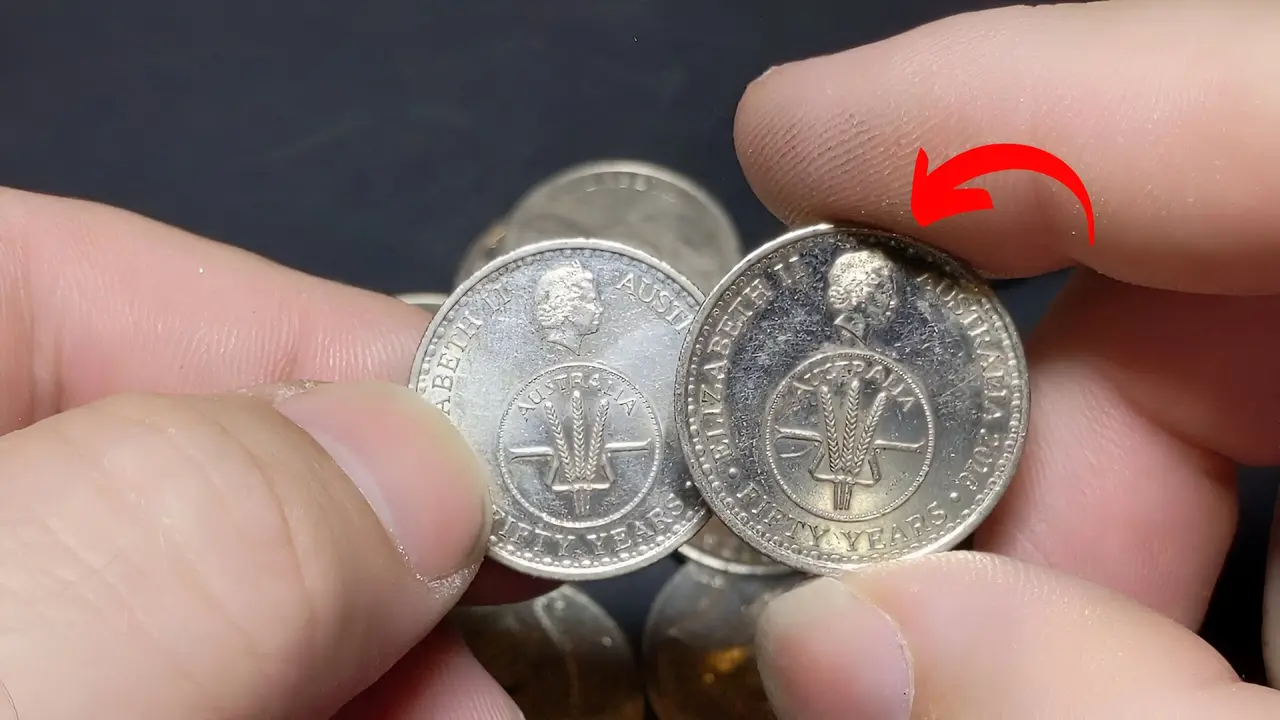The world of coin collecting is full of surprises, and one of the most exciting finds in recent years involves a Lincoln Wheat Penny valued at a staggering $25 million. While most pennies in circulation are worth just one cent, this particular coin is an extraordinarily rare exception. Its story has captured the attention of collectors, historians, and numismatists around the world, offering a glimpse into the fascinating world of rare currency. In this article, we explore the value of the coin, its historical significance, and why it is still circulating despite its enormous worth.
What Makes This Lincoln Wheat Penny So Valuable?
The Lincoln Wheat Penny, minted from 1909 to 1958, is a well-known coin among collectors. The coin features a portrait of President Abraham Lincoln on the obverse, with the reverse showing two wheat stalks. While many of these pennies are relatively common, there are some rare variants that can fetch significant amounts of money. The $25 million Lincoln Wheat Penny is one such rare find, and its value is tied to several unique characteristics.
Minting Errors: The most common reason a coin becomes valuable is due to a minting error. Whether it’s a double die, off-center strike, or an unusual combination of characteristics, minting errors can make a coin stand out. This rare Lincoln Wheat Penny’s value stems from an extremely rare minting error that makes it unique. Experts believe the error occurred during the coin’s production, leading to its highly sought-after status.
Extremely Low Mintage: Another factor contributing to this penny’s value is its extremely low mintage. While millions of Lincoln Wheat Pennies were produced, only a handful of these error coins were made. The coin’s rarity makes it highly collectible, and collectors are willing to pay top dollar for the chance to own such a rare piece of American history.
Historical Significance: Beyond its minting error, the coin also has historical significance. The Lincoln Wheat Penny was introduced in 1909 to commemorate the 100th anniversary of Abraham Lincoln’s birth. This historical tie adds to the coin’s allure, making it even more desirable to collectors who appreciate its connection to American history.
Why Is It Still Circulating?
Given the extraordinary value of this Lincoln Wheat Penny, it is surprising that the coin is still circulating in the general public. Coins with such high value are usually secured in private collections or placed in museums, where they are preserved and protected. However, this particular penny is still in circulation and could turn up in someone’s pocket change at any moment.
Lack of Recognition: Most people are not aware of the coin’s extreme value. While collectors and numismatists might know exactly what to look for, the average person may simply see it as a regular penny and use it in everyday transactions. Without knowledge of its worth, the coin continues to pass through the hands of the unsuspecting public.
Hidden in Plain Sight: Finding such rare error coins is incredibly unlikely. The probability of stumbling upon this specific Lincoln Wheat Penny is so small that it often goes unnoticed. As a result, the coin continues to circulate without attracting the attention of those who might be looking for rare finds.
The Coin’s Condition: Another factor in the coin’s continued circulation is its condition. While the penny is rare, it may not be in pristine condition. Coins that are less-than-perfect are less likely to attract serious collectors’ attention. However, even a worn version of the coin can still command a substantial price due to its rarity.
How to Identify This Rare Lincoln Wheat Penny
If you’re a coin collector or curious about whether you might have this valuable penny in your collection, here’s what to look for:
Date and Mint Mark: The coin in question is a Lincoln Wheat Penny minted in 1943, one of the years with a high number of minting errors. If you have a 1943 penny, it’s worth taking a closer look to determine whether it could be the rare one.
The Minting Error: The most notable feature of the rare Lincoln Wheat Penny is the minting error that occurred during its production. This could involve an unusual die or off-center strike, making it stand out from the rest of the pennies from that era. If the coin has an unusual appearance, such as misaligned text or a doubled image, it could be a valuable find.
Condition and Rarity: As with any rare coin, the condition of the penny plays a significant role in its value. Coins in near-mint or uncirculated condition are worth much more than those with significant wear and tear. However, even a penny in fair condition could be worth thousands of dollars if it has the rare minting error.
The Importance of Professional Appraisal
If you believe you may have found a rare Lincoln Wheat Penny, the best course of action is to have it professionally appraised. A reputable numismatist or coin dealer can examine the coin and confirm whether it is the valuable $25 million penny. They will also be able to provide an estimated value based on its condition, rarity, and historical significance.
It’s important to note that not all Lincoln Wheat Pennies are worth such astronomical amounts. While this particular coin has become famous for its extraordinary value, most of these coins are worth only a few cents or a small premium depending on their condition.
Conclusion
The discovery of a Lincoln Wheat Penny worth $25 million is a fascinating reminder of how rare coins can sometimes be hidden in plain sight. With its unique minting error, low mintage, and historical significance, this penny has become a symbol of how valuable seemingly ordinary objects can become over time. If you’re a coin collector or a curious individual, always keep an eye out for rare finds you never know what might turn up in your spare change!




